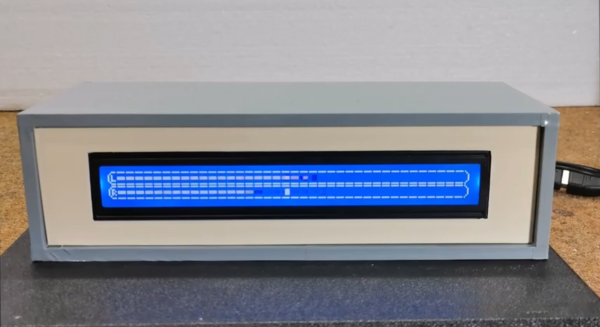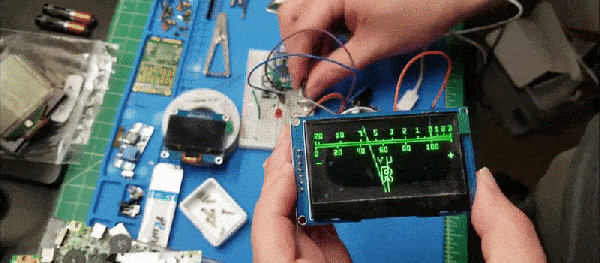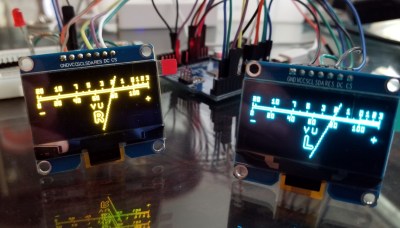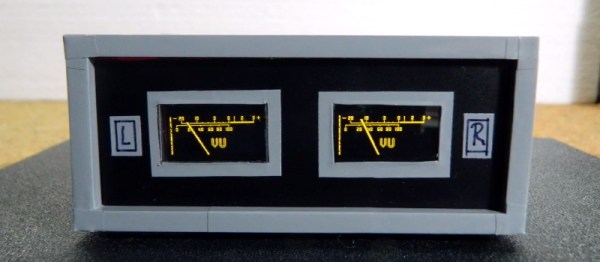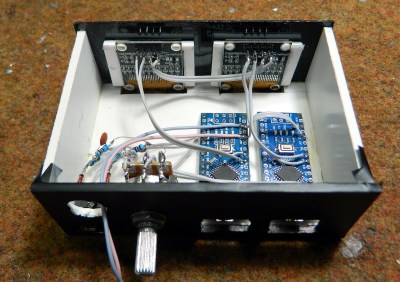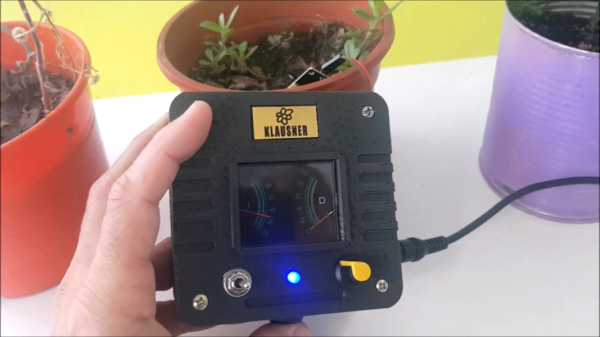One of the coolest things any sound system can have is some kind of musical visualization. Thumping level meters that pump with the volume are a great example, and were particularly popular in the 1980s. Now, you can build a rainbow set with great response, thanks to this guide from [Invexlab World].
The build relies on a very simple circuit that relies entirely on analog electronics in lieu of the usual digital signal analysis usually employed for the job. It’s a barebones design that’s assembled using a jig to create the attractive circuit sculpture structure. It uses simple colored LEDs, assembled in a line with red at the bottom, stepping through yellow and green, to blue and white at the top. A series of diodes is placed in series, with the sound level having to exceed the voltage drop of successive diodes to light the higher LEDs. It’s intended to be directly connected to a speaker’s audio input, and thus likely does load down the amplifier output slightly.
The result is an attractive rainbow VU meter display that would look great as a part of any old-school stereo setup. We can imagine it would look even better if it was cast in clear resin. Video after the break.
Continue reading “Build A Circuit Sculpture-Style VU Meter For Music”

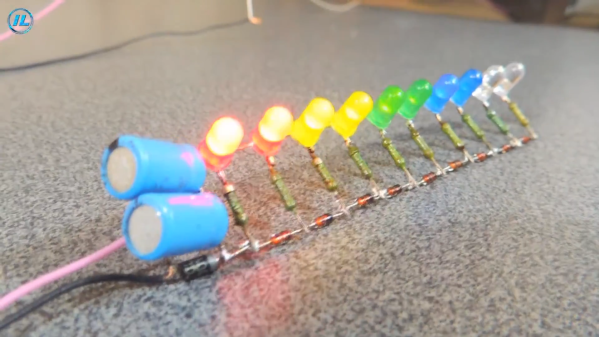
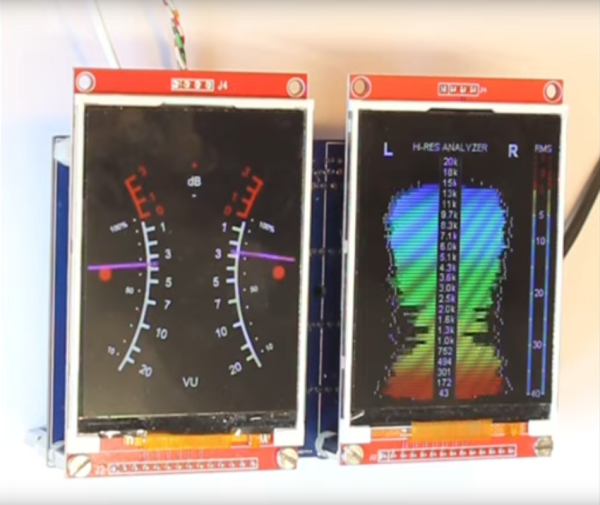
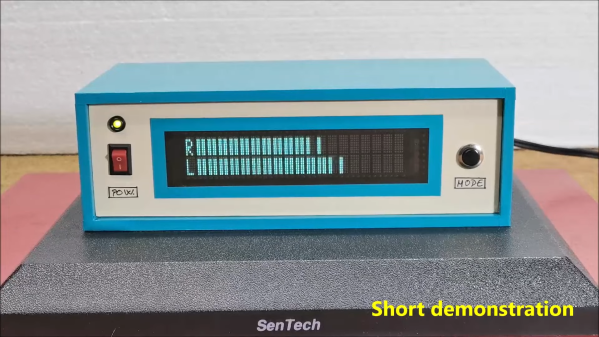
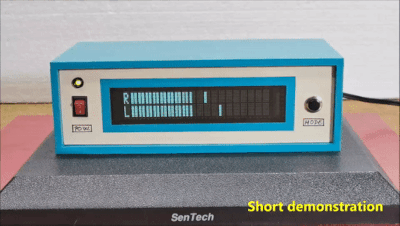 The project is built around a VFM202MDA vacuum fluorescent display, which provides that lovely green-blue glow we all know and love, driven by a PT6314 driver chip. This has the benefit that it can be readily driven by a microcontroller in much the same way as the familiar HD44780 character LCD driver chip. With some minor tweaks, the character set can be modified to allow the display to become a surprisingly-responsive VU meter.
The project is built around a VFM202MDA vacuum fluorescent display, which provides that lovely green-blue glow we all know and love, driven by a PT6314 driver chip. This has the benefit that it can be readily driven by a microcontroller in much the same way as the familiar HD44780 character LCD driver chip. With some minor tweaks, the character set can be modified to allow the display to become a surprisingly-responsive VU meter.